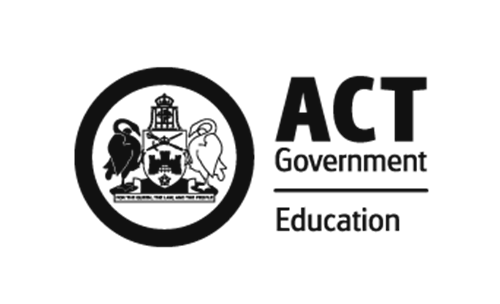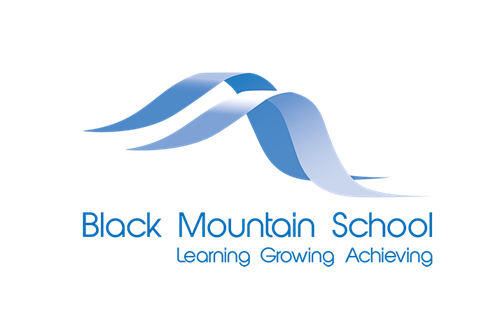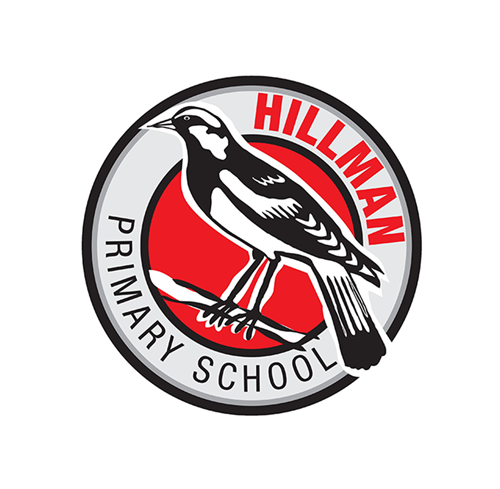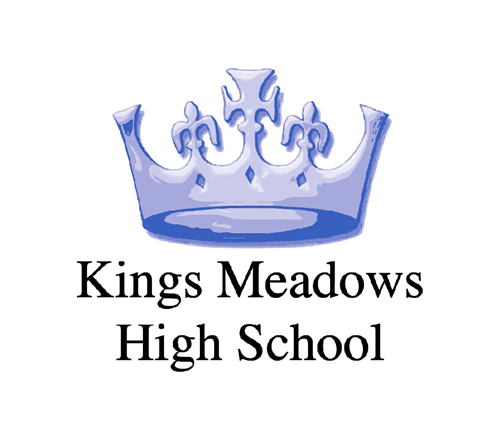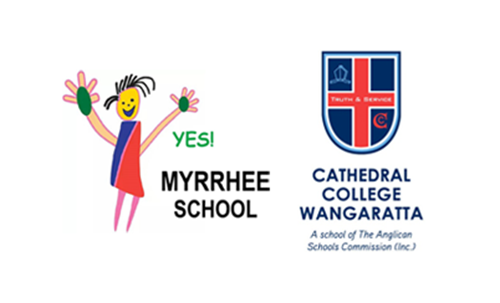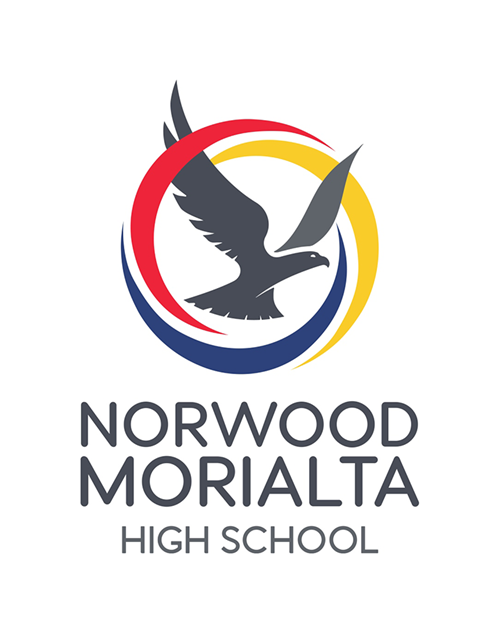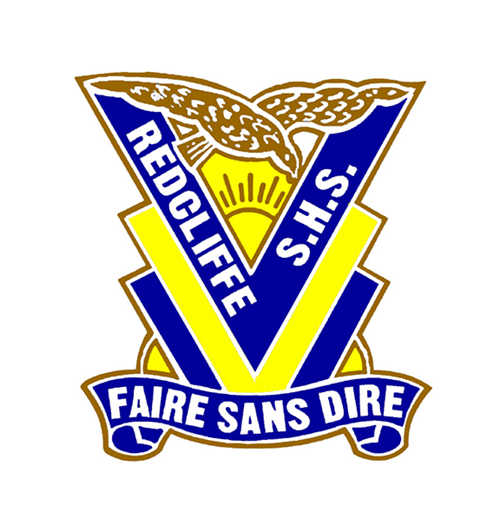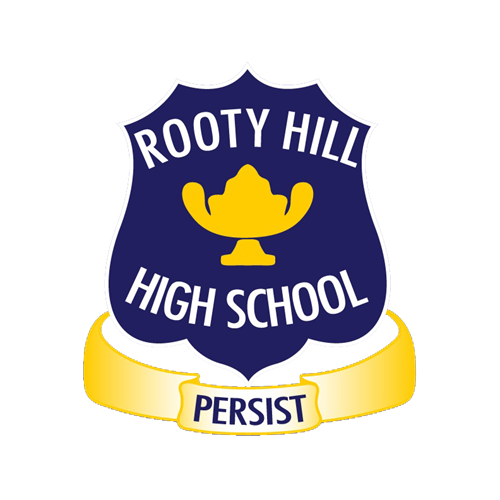Career education: linking learning with local industry
The Crystal Brook Primary School and Gladstone High School STEM project partnership integrated the concepts of career education and the knowledge, skills and dispositions described in the general capabilities in the Australian Curriculum.
The South Australian Department for Education STEM Year 7 and 8 Collaborative Inquiry Project aimed to connect schools with the community, business and industry to provide authentic STEM learning opportunities for students. Schools worked collaboratively to design, trial and evaluate innovative and evidence-informed approaches to improve learner engagement, disposition and achievement in STEM across Years 7 and 8.
The schools formed industry connections with ‘Golden North’, an ice cream manufacturer located in Laura, South Australia. This industry connection assisted students to develop an understanding of a range of careers available within the STEM field.
The project followed a multi-part sequence:
Part 1 - COLLABORATION LESSON – Personal and Social capability
Aim: To encourage students to think about effective collaboration/communication skills.
Purpose: Students plan how they will work in mixed teams across both schools and how they will communicate online as their projects develop.
Part 2 - HOOK VISIT – Critical and Creative Thinking
Aim: To engage (hook) and inspire students about their project.
Purpose: Students ask ‘Golden North’ managers questions to determine the practical constraints that may affect their project.
Part 3 - SCIENCE BEHIND ICE CREAM – Science
Aim: To develop student understanding of concepts in physical and chemical sciences
Purpose: To understand the physical and chemical processes involved in the production of ice cream.
Part 4 - MATHS BEHIND PACKAGING – Mathematics
Aim: To develop student understanding of three-dimensional shapes, volume and capacity
Purpose: To make informed decisions regarding packaging options as part of the project.
Part 5 - PROJECT DEVELOPMENT – Design Technology
Aim: To allow students time to develop their projects.
Purpose: To develop collaboration and ICT communication skills to complete the project effectively.
Part 6 - CELEBRATION EXPO – Personal and Social capability
Aim: To share all student projects at an expo (141 students from across the partnership completed the project).
Purpose: Students showcase their project to industry partners, peers, community members, staff, local news stations, local council members, etc.
Part 7 - OTHER POSSIBLE ACTIVITIES –Science/Mathematics/Technologies/general capabilities
Aim: To incorporate other activities into the project
Purpose: Optional extras to incorporate into learning experiences throughout the project to develop student understanding and general capabilities e.g. create 3D printer ice cream moulds, research and create packaging, make ice cream, explore the ice cream market, investigate ice cream flavours using ratios, research costs and quality control (micro-organisms) in the production of ice cream.
Crystal Brook Primary School and Gladstone High School incorporated the Australian Curriculum learning areas of Science, Mathematics and Technologies into the STEM Year 7 and 8 Collaborative Inquiry Project. The general capability focus was to develop the Personal and Social capability with an emphasis on collaboration and effective communication skills and the Critical and Creative Thinking capability to develop inquiry and problem-solving skills.
In the illustration of practice:
Describe how the schools used the Australian Curriculum learning areas and general capabilities to develop a career education program.
Identify the schools’ approaches to the key objectives of Future Ready: A student focused National Career Education Strategy.
How did the schools identify and engage with a range of stakeholders in the development of their career education program?
In your school context:
Identify how a school-based career education program would benefit your students.
What aspects of the Australian Curriculum could be included in your school-based career education program?
What elements of the Future Ready: A student focused National Career Education Strategy would you include when developing your school-based career education program?
How would you identify and include appropriate community stakeholders when developing a school-based career education program?
 Crystal Brook Primary School website
Crystal Brook Primary School website